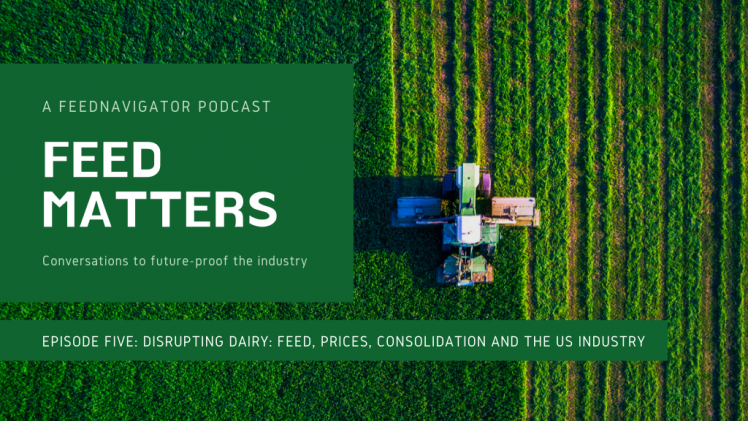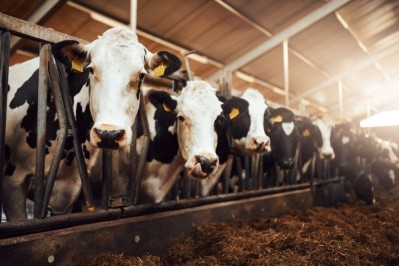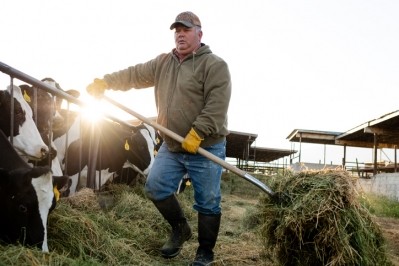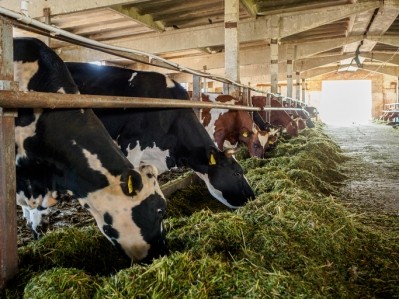Disrupting dairy: feed, prices, consolidation and the US industry

The US dairy sector has faced several challenging years, with tight margins, low prices and labor related obstacles, said Ben Laine, dairy analyst with Rabobank’s Rabo AgriFinance. “If it was a matter of just one year of these price ranges that we’ve been in since 2015, it would have been manageable – but since we’ve been stuck in this range of pretty slim margins, it’s put a lot of pressure on dairy producers."
Economy of scale is starting to play a larger role now.
“What we’ve seen historically is dairy farms being located close to consumers and having a relatively small footprint,” he told FeedNavigator. “You’d see a lot of relatively smaller dairies scattered around population areas, whether that’s in the Northeast, or the Upper Midwest, or the West Coast – pockets of small dairies supporting relatively small processing plants, processing fluid milk to get to those population centers.
“But that has changed now, the advantage is not necessarily in being close to the consumer [anymore], it is in capturing economy of scale,” he said. “That has driven farms to [become] larger and move into areas that we wouldn’t have traditionally thought of as dairy production centers, places like Texas and Idaho and through the Mountain [West] region down through Kansas and Colorado.”
Labor related challenges are expected to be a long-term problem for the sector, Laine said.
“There’re a lot of factors driving that – between demographics in the areas where the labor has traditionally come from, availability and other competing opportunities for people who might have traditionally looked for work on dairies or other types of farming,” he said. “[They] might see more opportunities in construction and manufacturing, a lot of these other industries where they’ve always paid better than agriculture, now all of a sudden there are a lot of jobs available so that is pulling some of the labor pool – I don’t think that is going to go away.”
However, there are indications that conditions for the industry are starting to improve, he said. “We’re relatively optimistic in terms of the way the milk price outlook is that it will be a pretty good year.”
Feed considerations
For much of the challenging period, feed costs have been manageable, said Laine. However, weather challenges for feed crop and silage producers in 2019 ushered in concerns that feed prices could rapidly increase.
“During the planting season, it definitely seemed like there was a risk that prices were going to skyrocket and that would be a real challenge,” he said. But fears have eased somewhat in relation to that.
Quality of silage in storage going forward is potentially be an issue, he said. “We could see that reappear once that starts getting into feed.”
“That could have an impact on milk per cow.. it could start impacting the efficiency and the production,” he said.
However, he noted there is some time remaining before those feeds start being used.
Trade deals and volatility
One area for optimism is in trade, with the revamped North American Trade Agreement (NAFTA) between the US, Canada and Mexico and the phase one trade deal between the US and China, said Laine.
“China and Mexico are important trading partners for dairy and [so] to have disruptions that put those two markets at risk was a big deal,” he added.
The majority of the fluid milk market is domestic in the US. Laine argues that if the US dairy sector wants to continue to expand its milk production, then it must look to global markets, even if that exposes the industry to greater unpredictability.
“It can open us to more volatility – as a bigger share of our domestic production here in the US [would be] going toward exports, that makes us more susceptible to the global markets.
“There will be times when we get priced out of the market, and might have a hard time finding buyers, which would have a negative impact on prices, but I think that would have a positive impact [on the US dairy industry] in the near future.”










